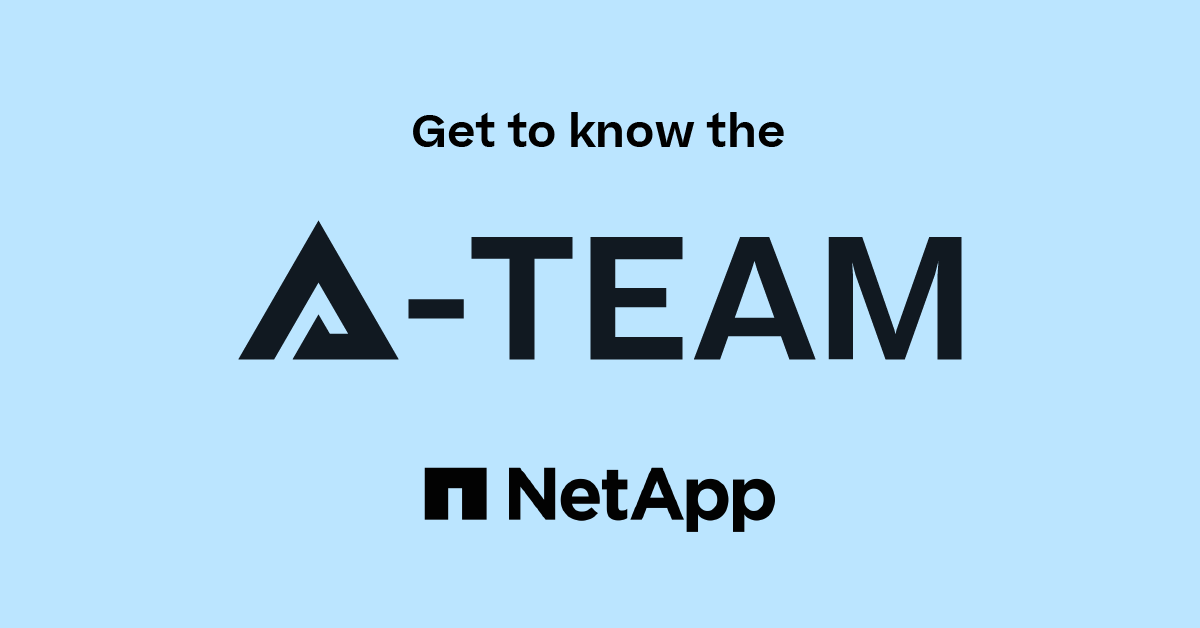Active IQ Unified Manager Discussions
- Home
- :
- Active IQ and AutoSupport
- :
- Active IQ Unified Manager Discussions
- :
- How to import "external relationships" via CLI in OnCommand 5 Core
Active IQ Unified Manager Discussions
- Subscribe to RSS Feed
- Mark Topic as New
- Mark Topic as Read
- Float this Topic for Current User
- Bookmark
- Subscribe
- Mute
- Printer Friendly Page
How to import "external relationships" via CLI in OnCommand 5 Core
- Mark as New
- Bookmark
- Subscribe
- Mute
- Subscribe to RSS Feed
- Permalink
- Report Inappropriate Content
Is there a way to import external relationships from the dfm/dfpm CLI command sets? I can see all external relationships via the following command:
dfpm relationship list -a
The output of the above command gives the DB entry with its corresponding "relationship ID". I'm hoping there is a way to reference this ID in a dataset import operation via the CLI. If powershell cmdlets help out here, that is an acceptable solution as well...
Solved! See The Solution
- Mark as New
- Bookmark
- Subscribe
- Mute
- Subscribe to RSS Feed
- Permalink
- Report Inappropriate Content
Hi,
You can use the below command to import the relationship to dataset. But you need to specify the source and destination as reported in "dfpm relationship list" command.
[root@05 ~]# dfpm dataset import help
NAME
import -- import relationship into a dataset
SYNOPSIS
dfpm dataset import [ -D ] [ -C ] [ -N <destination-node-name> ]
<dataset-name-or-id>
{ [ <destination-volume-name-or-id> ] |
[ <destination-qtree-name-or-id> ] }
DESCRIPTION
Import a data protection relationship, the source of the
relationship and the destination volume into a dataset.
If -D option is specified, only dry run results will be
displayed. No changes will be made to the dataset.
If -C option is specified, command only succeeds if the
relationship and its endpoints can be imported without
generating any warning or error results.
The -N option specifies the destination node to which the
destination volume or qtree will be added. If not
specified, the dataset must have two nodes and the
destination object will be added to the non-primary node.
- Mark as New
- Bookmark
- Subscribe
- Mute
- Subscribe to RSS Feed
- Permalink
- Report Inappropriate Content
Hi,
You can use the below command to import the relationship to dataset. But you need to specify the source and destination as reported in "dfpm relationship list" command.
[root@05 ~]# dfpm dataset import help
NAME
import -- import relationship into a dataset
SYNOPSIS
dfpm dataset import [ -D ] [ -C ] [ -N <destination-node-name> ]
<dataset-name-or-id>
{ [ <destination-volume-name-or-id> ] |
[ <destination-qtree-name-or-id> ] }
DESCRIPTION
Import a data protection relationship, the source of the
relationship and the destination volume into a dataset.
If -D option is specified, only dry run results will be
displayed. No changes will be made to the dataset.
If -C option is specified, command only succeeds if the
relationship and its endpoints can be imported without
generating any warning or error results.
The -N option specifies the destination node to which the
destination volume or qtree will be added. If not
specified, the dataset must have two nodes and the
destination object will be added to the non-primary node.
- Mark as New
- Bookmark
- Subscribe
- Mute
- Subscribe to RSS Feed
- Permalink
- Report Inappropriate Content
Exactly what I was looking for... I missed it in the non-alphabetical listing of dfpm dataset .... commands!
thanks!
